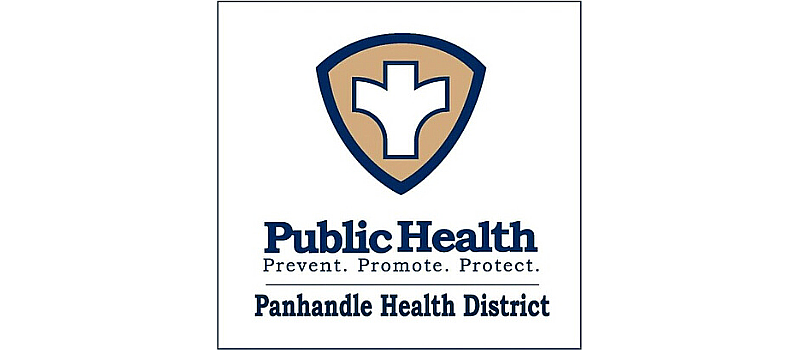When to start and end isolation or quarantine
The Panhandle Health District (PHD) has seen a record number of daily COVID-19 cases over the past several weeks. This amount of cases indicates our area has significant community transmission.
“This is a time when we all need to do our part,” said Lora Whalen, District Director at PHD. “One simple way each of us can contribute to stopping the spread of this virus is to stay home when you are sick. It may be tempting to end your recommended isolation time early if you are feeling better, but we urge you to complete the full isolation period..”
According to the CDC, individuals who have tested positive for COVID-19 and those who have had close contact with someone who tested positive, need to quarantine. Close contact means you were within 6 feet of someone who has COVID-19 for a cumulative total of 15 minutes or more over a 24 hour period starting from 2 days before the individual experienced symptoms or 2 days before they tested positive. Those who have had close contact need to quarantine for 14 days after their last contact with the person who has COVID-19.
• For those who test positive for COVID-19, isolation looks slightly different. It is recommended that they complete 10 days of isolation beginning on the day they tested positive or the day their symptoms began. On top of the 10 days of isolation, they should also be fever free for at least 24 hours and their other symptoms should be improving.
“We are often asked why isolation would be longer for someone who had close contact with someone who has COVID-19 versus the individual who has tested positive for COVID-19,” said Jeff Lee, PHD Epidemiology Program Manager. “Symptoms may appear 2-14 days after exposure to the virus, so someone who is already exhibiting symptoms is likely days ahead in their infectious period than the person who was just exposed. Based on studies of those who have become infected with COVID-19, a person can remain infectious up to 10 days after their symptoms started. Those who had close contact with a confirmed positive individual will take a few days to develop symptoms, so their isolation is slightly longer.”
For those who become severely ill or have a severely weakened immune system, the CDC recommends isolating up to 20 days after symptoms first appeared and to consult with their healthcare provider on best steps moving forward. Quarantining and being tested is not recommended for 3 months after an individual tests positive.
“There are instances where an individual is quarantining due to close contact and they had additional close contact with someone who has COVID-19 within their household,” said Lee. “This extends the quarantine period because any time a new household member gets sick with COVID-19 and you had close contact, you will need to restart your isolation after the household member with COVID-19 infection has completed their isolation period. You can avoid this by having all household members practice social distancing and proper mask usage within the home during the infected person’s isolation period.”
If you have questions about COVID-19 in our area, call PHD’s COVID-19 hotline Monday – Friday, 8am-5pm, 877-415-5225.

